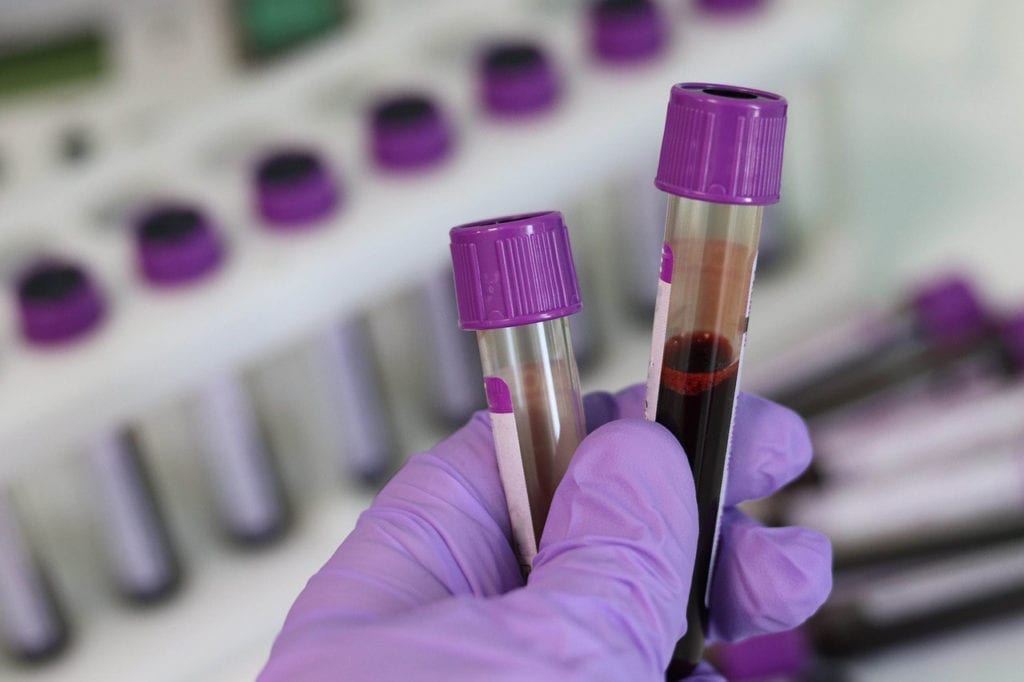According to a story from ANCA Vasculitis News, a recent study from Spain is highlighting the need for an updated classification system for ANCA-associated vasculitis that can predict patient prognosis and outcomes more effectively. The scientists conclude the study by saying that doctors are better off basing treatment on disease severity and aspects of an individual case as opposed to looking to current disease classifications for guidance.
About ANCA-Associated Vasculitis
ANCA vasculitis is a disease that is characterized by the damage and destruction of blood vessels as a result of inflammatory activity. The disease is associated with the presence of anti-neutrophil cytoplasmic antibodies (ANCA). These are autoantibodies that target antigens present on neutrophils (the most common type of white blood cell) and monocytes. This means that the mechanism of the disease is autoimmune, in which the body’s own immune system mistakenly attacks healthy body tissue. Symptoms of ANCA vasculitis include kidney inflammation, fever, weight loss, abdominal pain, bloody stools, purpura, nose bleeds, muscle pain, arthritis, bloody cough, vision problems, headaches, stroke, heart attack, and high blood pressure. Treatment of the disease is primarily focused on controlling inflammation and suppressing immune system activity. Common medications include cyclophosphamide, rituximab, and prednisone. Antibiotics may be necessary in cases of infection. To learn more about ANCA vasculitis, click here.
Current Classifications
The forms of ANCA vasculitis have been broken down into three distinct diseases: eosinophilic granulomatosis with polyangiitis (EGPA), granulomatosis with polyangiitis (GPA), and microscopic polyangiitis (MPA). While these diseases have distinct symptoms and differences in outcomes, there are nevertheless some similarities. Criteria for diagnosing these different types of ANCA vasculitis have been developed, but there are notable conflicts between different diagnostic systems.
Study Results
The researchers looked at 115 ANCA vasculitis patients with a median diagnosis age of 69 years; 60 percent of the patients were male. 64 percent of patients displayed MPO antibodies (which are associated with granulomatosis) and 23 percent had PR3 antibodies (which are associated with microscopic polyangiitis). The MPO group was more likely to face peripheral neuropathy, whereas the PR3 group faced higher rates of lung, eye, skin, throat, nose, and ear involvement.
The study found that 46 percent of the patients did not have characteristics that could be classified as any of the three diseases under at least two different diagnostic guides. Lung problems or severe disease at diagnosis was associated with reduced survival chance. Patients with worse kidney function at diagnosis were more likely to experience kidney failure and eye damage associated with a greater risk of relapse.
Ultimately, the findings reveal that the classifications are of limited usefulness and are due for an update. Perhaps the discovery of new biomarkers for ANCA vasculitis could speed up this process.







